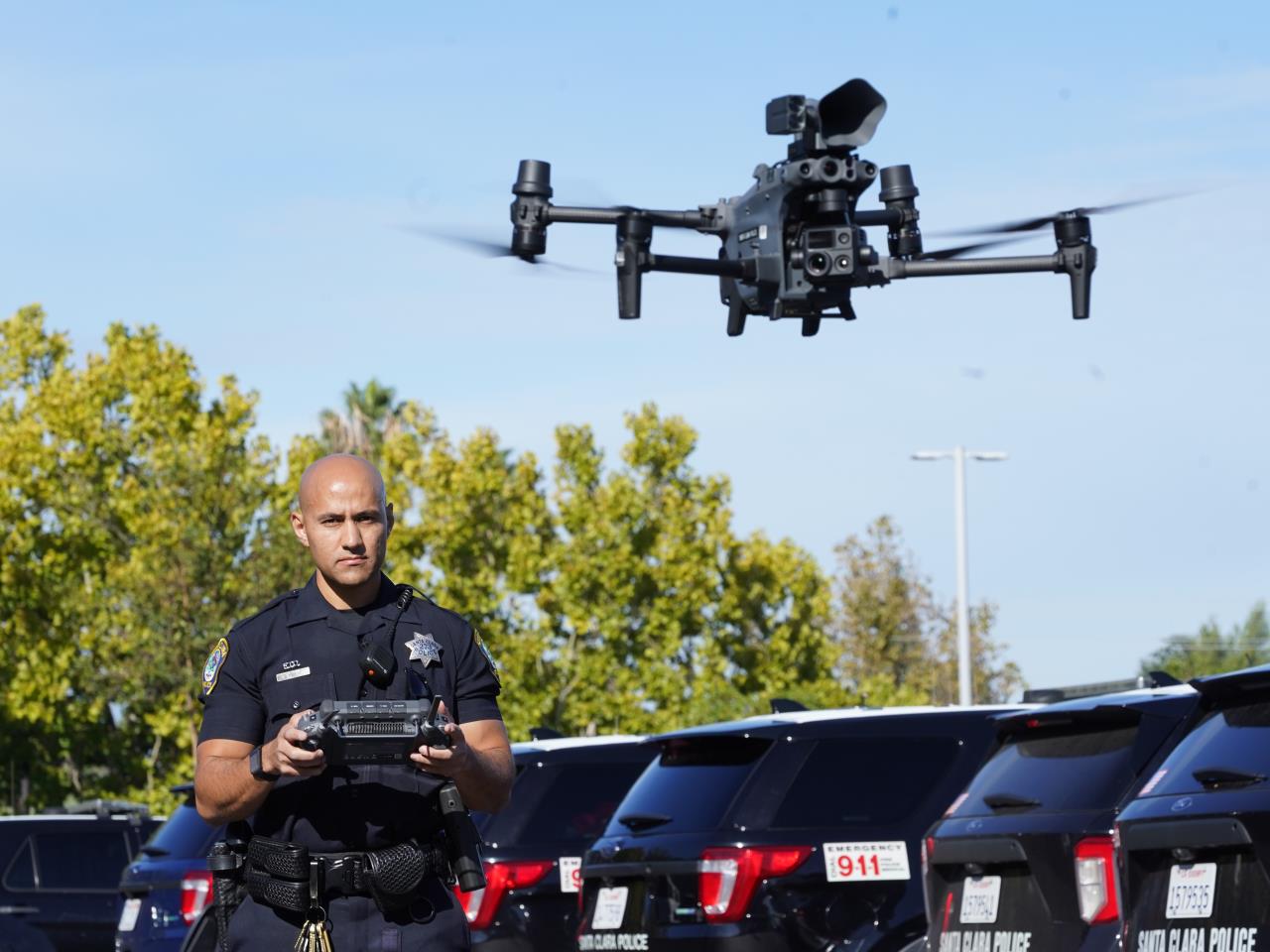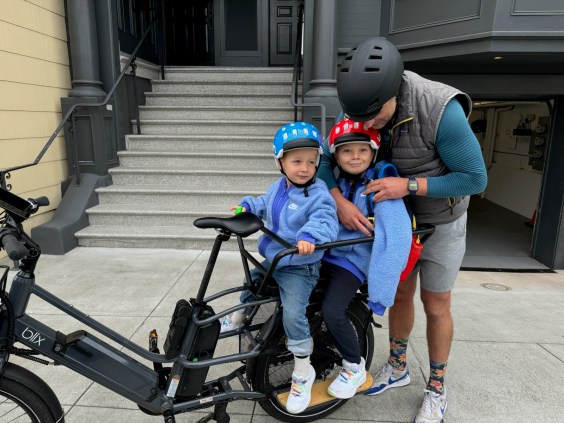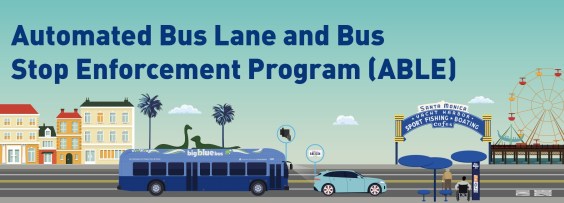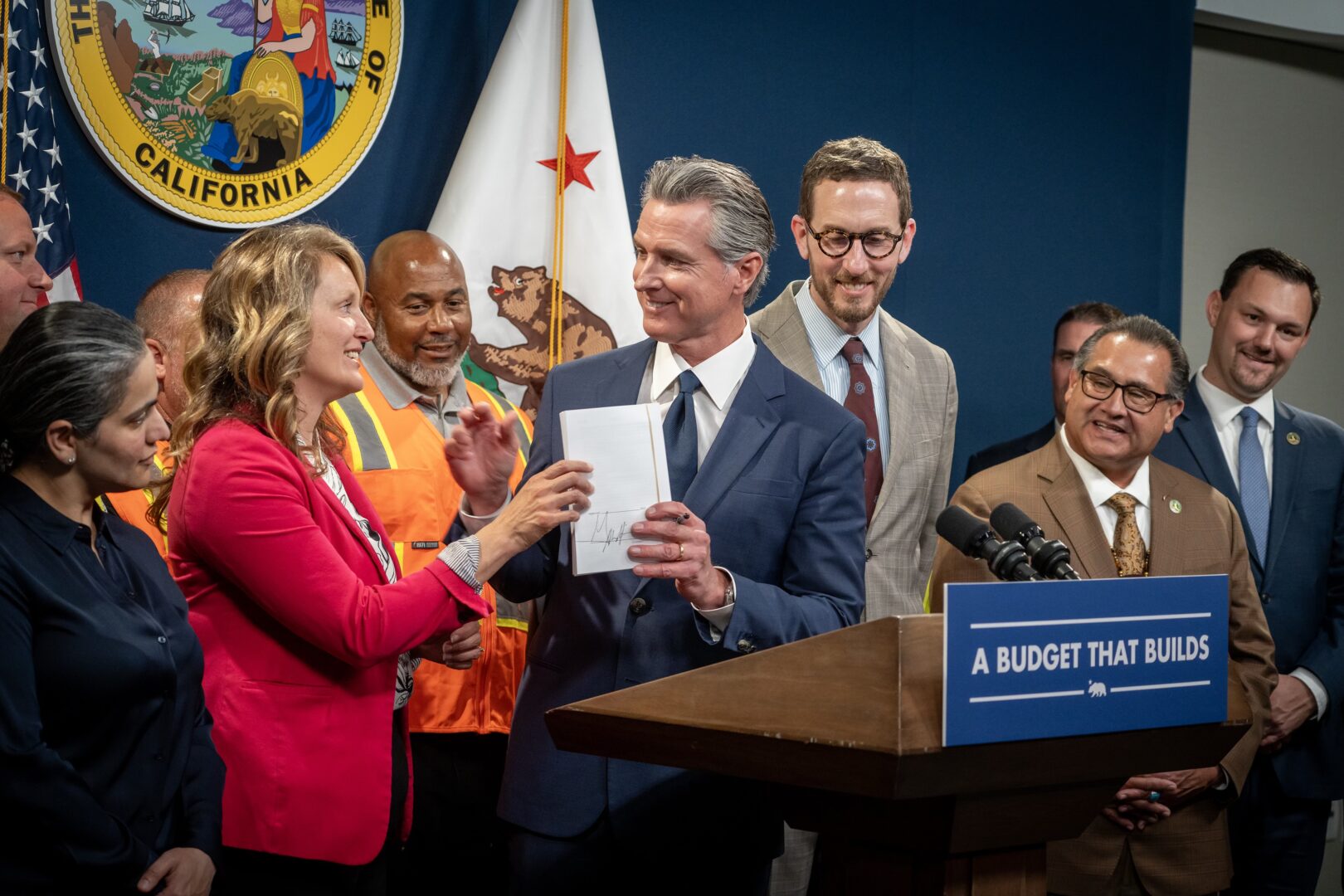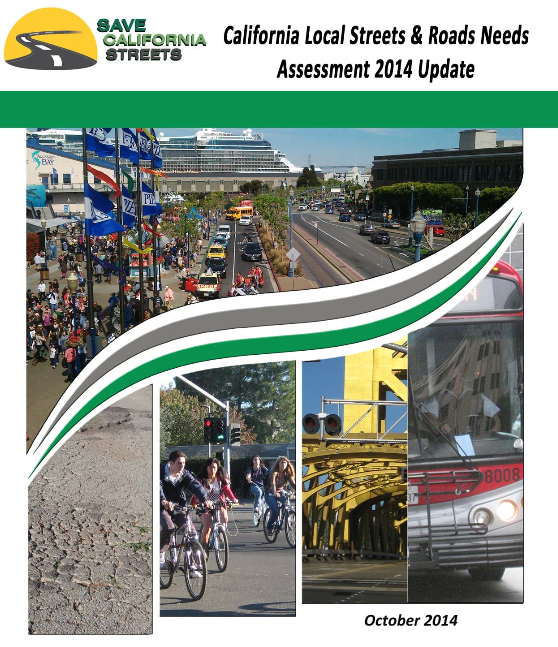
In response to our recent story about legislative efforts to find a compromise on transportation funding, Streetsblog received the following post from Art Hadnett, president of HNTB’s West Division.
HNTB is a national architecture, engineering, planning, and construction firm. Its first California project was Pasadena’s Arroyo Seco Bridge in 1914, and since then the firm has provided services for the San Francisco 49ers’ Levi’s Stadium, the 405-Sepulveda Pass Improvements project, and the expansion of the Tom Bradley International Terminal at LAX, among other projects. HNTB is currently working with the City of Los Angeles on design and construction of the Sixth Street Viaduct, as well as design and engineering on the Crenshaw/LAX Transit Project for the Los Angeles County Metropolitan Transportation Authority.
While there’s little dispute that deteriorating roads and highways in Los Angeles and throughout the state need an infusion of cash for rehabilitation and maintenance, there has been little agreement on a funding strategy. Our transportation infrastructure rests, precariously, on an antiquated, inefficient funding engine—the 20-year-old gas tax—and we can no longer rely on a single source to maintain the network in a state of good repair.
Under the transportation plan developed by Assemblyman Jim Frazier and Senator Jim Beall, funds would be generated from multiple sources, including increased fees on large trucks; allocation of cap-and-trade proceeds; a nominal surcharge on electric vehicles; and raising the gas tax, diesel tax, and vehicle registration fees. With these sources of new revenue, we would finally possess the financial resources to tackle the $59 billion highway maintenance backlog, $78 billion local funding shortfall and, most importantly, to stabilize our broken funding system.
The Beall-Frazier plan—a compromise package from Senate and Assembly transportation leadership—is a practical solution to an issue Governor Jerry Brown highlighted over a year ago. The bill will raise over $7 billion annually to fund trade corridor improvements and road maintenance and rehabilitation—more than double Governor Brown’s $3.6 billion proposal.
Our crumbling roads take a toll on California residents—both mentally and fiscally. According to TRIP, a transportation research organization, Californians lose $54.6 billion annually due to roads and bridges that are deficient, congested or unsafe. In Los Angeles, that translates to $2,826 per motorist per year. If we don’t act now, we will continue to experience longer delays, greater frustration, and exponentially higher costs to repair or replace existing infrastructure.
With the country’s largest economy, California’s ability to move goods is a significant contributor to its position in the global marketplace. According to TRIP, $2.8 trillion in goods are shipped annually to and from sites statewide, highlighting the importance of a well-maintained network to the state and national economies. Investing in our state’s freight corridors is a smart strategy that ensures a dependable pathway for the goods that drive our economy. We cannot neglect this unique asset.
Another recent report asserts that one quarter of California’s local streets and roads will be in failed condition by 2024 (California Statewide Local Streets and Roads Needs Assessment Report). These are the roads that we rely on to get to work, take our children to school, and go about our daily lives. We have an ethical responsibility to one another to ensure our streets and highways are safe now and in the future.
The smart, sensible transportation bill proposed by Assemblyman Frazier and Senator Beall addresses all these issues and provides a fair approach to funding provisions that will fix our roads and strengthen California’s economy. Let’s enact this well-conceived plan and start rebuilding the nation’s best transportation network.

